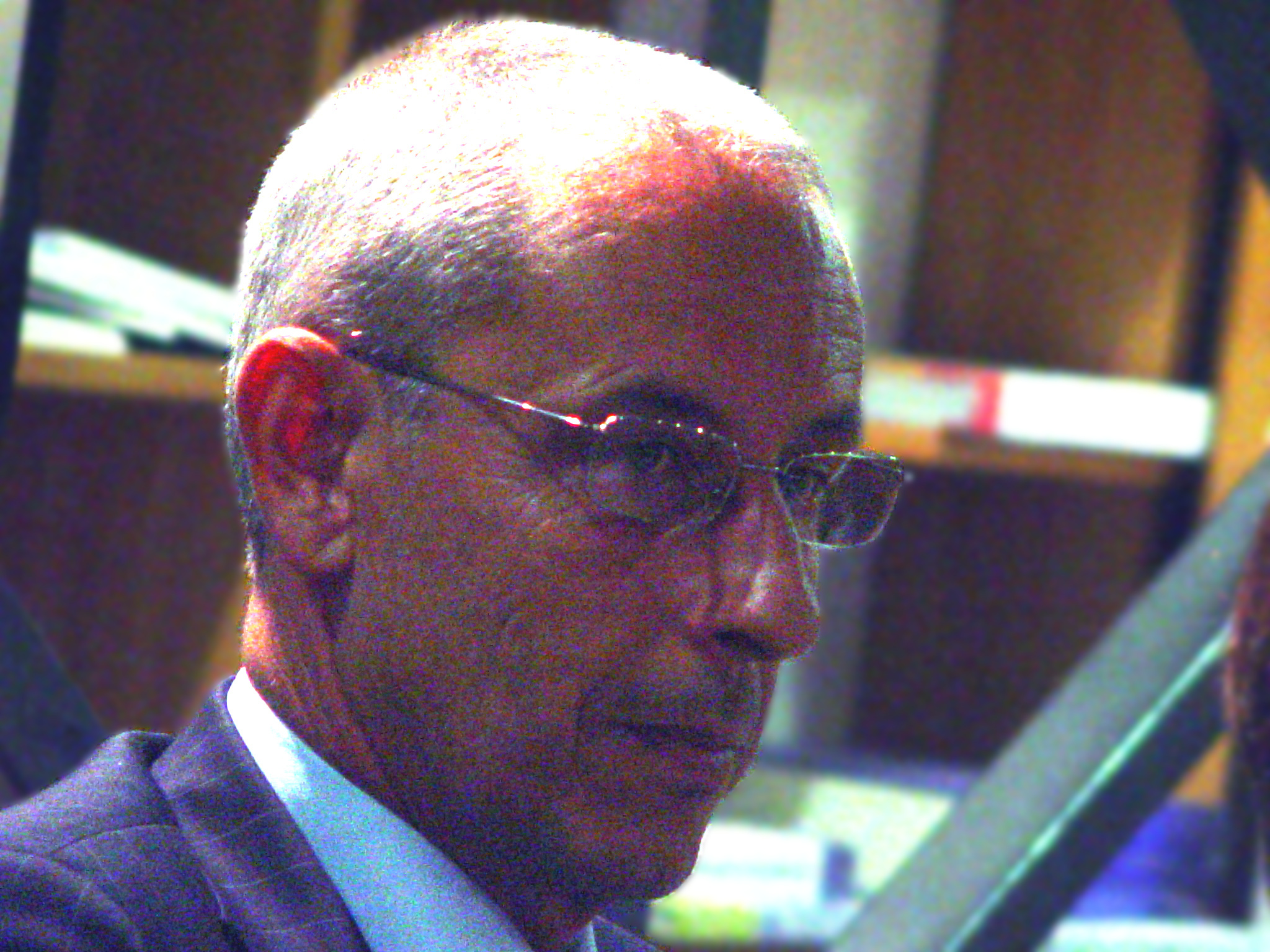Open Source Developers: Fabio Marzocca
Fabio Marzocca of the Baobab fame, is an Italian Ubuntu-developer with an amazing background, ranging from being a technical writer by an historic Italian magazine named Mc Microcomputer to developing a program for music composing, known as the Muzical Wizard.
Few days Fabio posted few comments on my blog, and we happened to know each other, below the interview that followed.
How did you start getting working with GNU/Linux?
It was 6 or 7 years ago when I became very sad looking at my old portable pc that was slowly dying of a broken heart under the constant resource-demanding policy of a proprietary operating system. I didn’t want to throw it away so I gave it a chance with a linux kernel. From that point on, my experimenting and curious approach towards things of life made the rest. Those were the years of the geek, but then I realized that GNU/Linux was a sort of safe and extremely comfortable house to live in. You are surrounded by a crowd of very active fellows who are there to support you, to accept your criticism, to implement your suggestions and to share their and your work.
How did you manage to bring Baobab accepted into GNOME?
Baobab was first introduced in Debian repositories as a deb package. In 2005 I was contacted by Benoit Dejean (a gnome developer – libgtop) and he asked Olaf Vitters to host baobab source tree on gnome cvs. I then started using gnome tools, polishing the code to fit gnome standards, and so on, releasing regular versions. Later that year I met Paolo Borelli, a great gnome-developer who joined Baobab project giving it a strong code enhancement. Paolo was (and actually is) a real milestone for the project. At the beginning of 2006 Emmanuele Bassi, gnome-utils project maintainer, asked me to merge Baobab into gnome-utils as Disk Usage Analyzer, so we started the gnome adventure. Then Alejandro Castro and his Spanish team of Igalia joined the project, adding the beautiful ringschart view to Baobab. I have found Gnome community a great ecosystem for a software project: very professional, skilled and committed people, always available to suggest, integrate and cooperate for the common target.
What about Ubuntu?
In 2005, together with other 2 fellows, I founded ubuntu-it the italian support Community to Ubuntu. We started setting up the basic tools to provide assistance and support: a web portal, a forum, a mailing list and an IRC channel. Since then, the community has grown very rapidly and now the current organization helds up more than 10 separate working groups. I recently gave an interview to Italian national TV explaining the significance of the recent Long Term Support release, Ubuntu 8.04.
Congratulations to have been able to bring Ubuntu on Italian TV! I am hoping that a “pubblicità progresso†open source awaraness campaign could eventually help us to regularly spread the word about open source.
What are the advantages of the community when it comes to product development?
The strong and large barrier between you (the user) and the authors of a software project are knocked down. Whenever you may need, you know that you can send an email or join a chat channel to ask which will be the future plans of a product and its new features. You will never do that without a strong ecosystem such as an open source community. The communication channels with the users are a strategic resource for the community: each comment is deeply evaluated and frequently it becomes a code improvement. We should not either underestimate the “social” effects that collaboration produces on its participants: the more they cooperate, the more they feel themselves motivated to hit a common target.
Another main advantage fo the community on product development is quality control: it often happens that several communities join their efforts together when the release time for an application is getting closer, to check the code and push on debugging. New features release happens only when the community has taken a common decision.
Fabio talking about the (positive) social effect associated with a tight communication channel between users-developers and authors raises an interesting point, adding something to what Simo Sorce reported about his experience with Samba.
Happy hacking Fabio!


 In the Crowd by
In the Crowd by  Promise of a new day by
Promise of a new day by 
 Trying to grasp that idea by
Trying to grasp that idea by  The Neapolitean coffee is finished. Any more coffee?
The Neapolitean coffee is finished. Any more coffee?
Reply